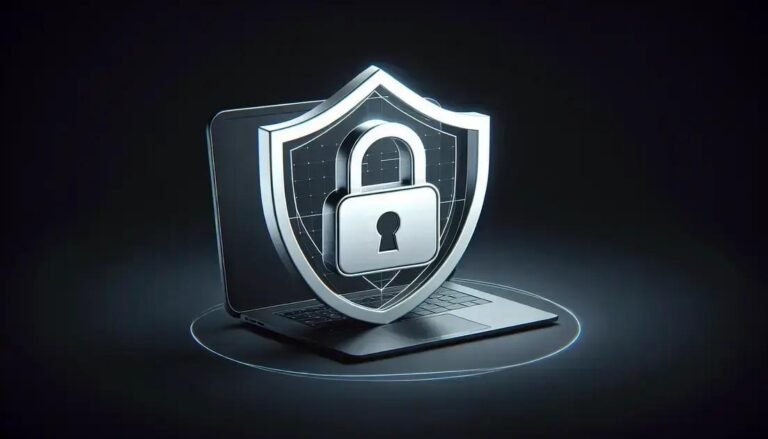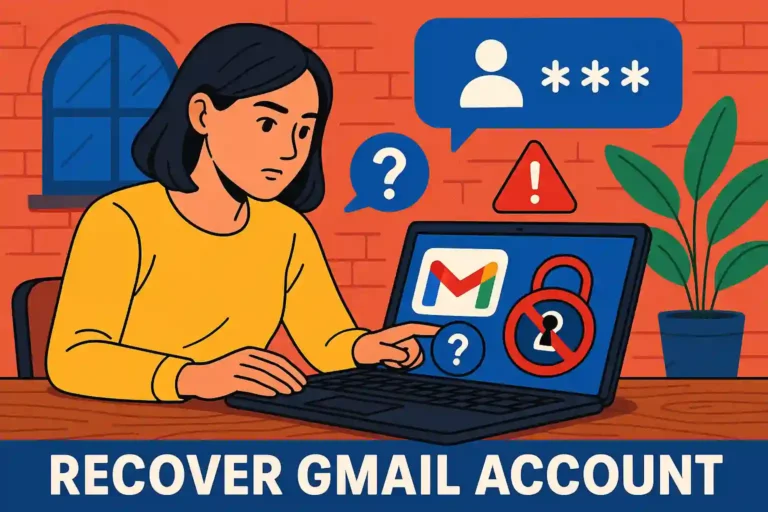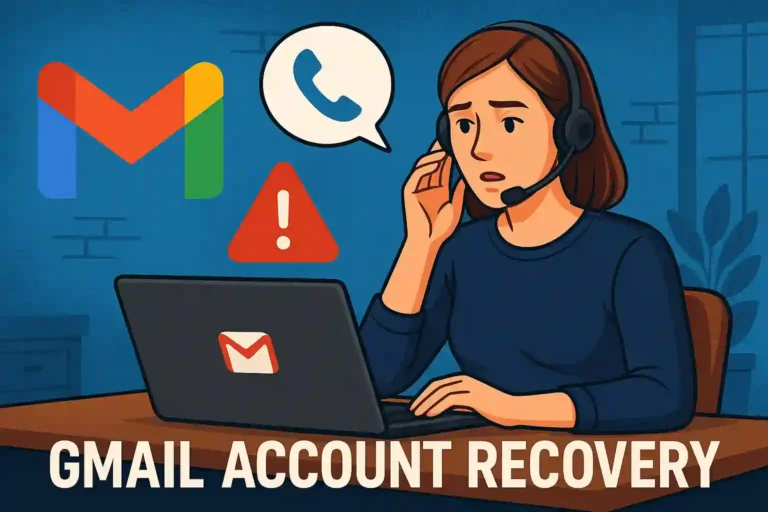Ensure Safe Access to Your Facebook with These Tips
In today’s digital age, Facebook Security has become more important than ever. Many people rely on this platform to connect with friends, share personal updates, and even conduct business. But have you ever wondered how secure your Facebook account really is? As you navigate through its features, ensuring your account’s security should be top priority.
Have you ever received a suspicious message or friend request on Facebook? You’re not alone. The platform’s vast user base makes it a target for various types of online threats. Think of it like locking the doors of your house—essential for keeping unwanted visitors out.
Fortunately, Facebook offers numerous tools and settings to help safeguard your information. In the paragraphs ahead, we’ll dive into these features, discuss common threats, and provide practical steps to enhance your account’s security. Ready to lock down your digital space?
Understanding Facebook Security Features
Facebook offers a variety of security features that help users protect their accounts. Understanding these options is the first step towards a safer online experience. One key feature is Login Alerts, which notify you whenever there is an attempt to access your account from an unrecognized device or location. This can be crucial for quickly identifying unauthorized access.
Another important security measure is Two-Factor Authentication (2FA). Enabling this feature adds an extra layer of security by requiring a code sent to your mobile device in addition to your password. Here’s a checklist to help you set it up:
- Go to your Facebook settings.
- Select the ‘Security and Login’ section.
- Find ‘Use two-factor authentication’ and click on edit.
- Choose your preferred method (text message or authentication app).
- Follow the instructions to complete the setup.
Facebook also provides the Privacy Checkup tool, a step-by-step guide to review and adjust your privacy settings. It helps you manage who can see your posts and personal information. Make sure to revisit these settings regularly as they might change with updates.
Even with these features, it’s vital to remain vigilant. Recognize phishing attempts by avoiding clicking on suspicious links and never sharing your password with anyone. Regularly updating passwords and reviewing login history is also recommended.
How to Enable Two-Factor Authentication
Enhancing your Facebook security involves enabling Two-Factor Authentication (2FA). This process adds an extra layer of protection to your account. Here’s a step-by-step guide to set it up:
- Open the Facebook app and go to your profile settings.
- Navigate to the Security and Login section.
- Find the option labeled Use two-factor authentication and select edit.
- Choose your preferred security method. You can opt for either a text message or a third-party authentication app.
- Follow the prompts to verify your identity. Enter the code sent to your chosen device.
- Save your settings to complete the setup.
Using 2FA means that even if someone knows your password, they will need access to your mobile device to log in. Keep your contact information updated to ensure seamless access. Regularly checking your security settings and login alerts can help maintain the safety of your account.
Identifying Common Security Threats on Facebook
Facebook users need to be aware of common security threats to protect their profiles effectively. One prevalent threat is phishing scams. These scams often involve fake messages or emails that appear to be from Facebook, asking for your login credentials or personal information. Always verify the sender’s email address and avoid clicking on suspicious links.
Another significant threat is malware that can infect your device. This can happen when you download attachments or software from untrusted sources. To prevent this, ensure your antivirus software is up to date and scan your device regularly.
Additionally, watch out for malicious apps and websites that request unnecessary permissions. These often promise fun features or access to hidden content but might be harvesting your data. Only install apps from official app stores and review the permissions requested before accepting.
- Check App Permissions: Review what you’ve granted apps access to and revoke anything that seems unnecessary.
- Stay Alert to Fake Friend Requests: Some profiles are created to harvest personal data or spread harmful links.
- Regularly Update Passwords: Using strong, unique passwords can help prevent unauthorized access.
By staying informed about these threats, you can take proactive steps to safeguard your Facebook account.
Steps to Recover a Hacked Facebook Account
If your Facebook account has been hacked, it’s important to act quickly. Here’s a guide to help you recover your hacked Facebook account efficiently:
- Attempt to Log In: Go to Facebook and try to log in with your usual credentials. If you cannot, click on Forgot Password? to start the recovery process.
- Reset Your Password: Follow the instructions to reset your password. You will need access to the email or phone number linked to your account to receive a verification code.
- Secure Your Account: Once you regain access, go to Settings > Security and Login. Here, review any suspicious devices or sessions and log them out immediately.
- Change Your Password: Create a new, stronger password that combines letters, numbers, and symbols. Avoid using passwords you have used before.
- Enable Extra Security: Activate two-factor authentication for added security. This requires an additional step every time you log in from a new device or location.
These steps should help you regain control of your account. Always be mindful of unusual activity and keep your contact information updated to avoid future issues.
FAQ – Frequently Asked Questions About Facebook Security
What is Two-Factor Authentication and why should I use it?
Two-Factor Authentication adds an extra layer of security to your account by requiring a verification code in addition to your password.
How can I identify phishing attempts on Facebook?
Be cautious of suspicious messages and emails asking for your login details. Verify the sender’s email and avoid clicking on untrusted links.
What should I do if I receive a suspicious friend request?
Examine the profile for signs of authenticity. If unsure, avoid accepting the request to prevent potential data harvesting or malicious activity.
How can I secure my Facebook account from common threats?
Keep your software updated, enable Two-Factor Authentication, and review app permissions regularly to maintain security.
What steps should I take if my Facebook account is hacked?
Try logging in, reset your password, review suspicious activity, and enable Two-Factor Authentication for added security.
Why is it important to regularly update my Facebook password?
Regularly updating your password helps protect your account from unauthorized access and should be part of good security practices.






